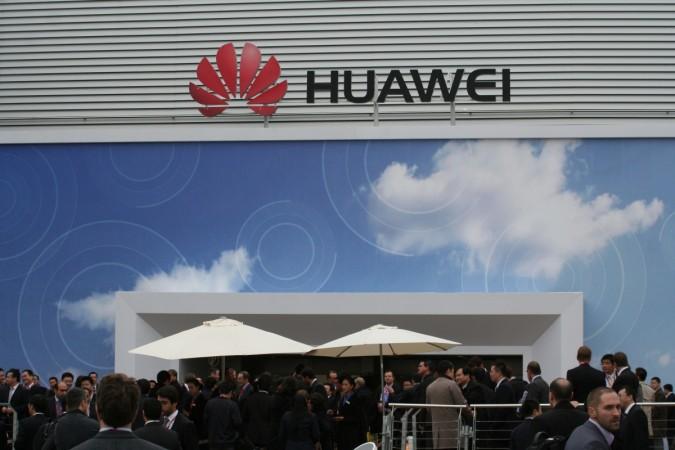
Smartphone manufacturing giants Samsung and Apple retained the top two positions in the global smartphone market in the first quarter of 2017, but it was a trio of Chinese smartphone makers that stole the limelight by carving up almost a quarter of overall sales during the period.
The three companies, namely Huawei, Oppo and Vivo, were the only ones among the top five whose market share rose over the January-March quarter while both the market leaders faltered, a new Gartner report revealed on Tuesday.
Global smartphone sales in the quarter totalled 380 million units, accounting for a 9.1 percent increase over the same period a year ago. However, this growth in overall sales was mostly driven by the three Chinese brands who collectively grabbed 24 percent share of the market. According to Gartner, it is their strategy of offering top-notch features at more affordable prices that has helped the brands win consumers' hearts around the world.
"The top three Chinese smartphone manufacturers are driving sales with their competitively priced, high quality smartphones equipped with innovative features," Anshul Gupta, research director at Gartner, said in a statement, adding that their , aggressive marketing and sales promotion have also helped the companies challenge other brands in markets like India, Indonesia and Thailand.
The pack of three was led by Huawei, which sold over 34 million smartphones in the first quarter of 2017, accounting for a market share of 9 percent. Despite being relatively older devices, its P9 and P9 Plus handsets sold well, allowing the company to claim a dominant position in the worldwide market.
Huawei was followed by Oppo, which enjoyed a 94.6 percent increase in its worldwide smartphone sales. Although Huawei edged past it in the global race, Oppo continued to be the leading smartphone in China, thanks to its "large network of brick-and-mortar retailers" in the country.
Vivo, the third Chinese company in question, sold nearly 26 million smartphones with a staggering growth of 84.6 percent during the three-month period. It derived most of its success from growing demand for its smartphones in emerging markets, including India, where its sales grew more than 220 percent.
When it comes to Samsung and Apple, both companies suffered drop in market share. While smartphone sales of the South Korean conglomerate declined 3.1 percent, sales of iPhones remained flat in the first quarter of this year.
"Similar to Samsung, Apple is increasingly facing fierce competition from Chinese brands Oppo and Vivo, among others, and its performance in China is under attack," Gupta said.
Chinese smartphone brands have also managed to gain significant momentum in India, which recently surpassed the US to become the fastest growing smartphone market in the world. A new report has even suggested that companies like Xiaomi, Oppo and Vivo will very soon wipe out the Indian brands from the top five list in the overall handset segment.
In its recent report, International Data Corporation (IDC) said that China-based vendors grabbed 51.4 percent share of the overall smartphone shipments in India in Q1 2017, with 142.6 percent growth over the same period a year earlier. Local brands, on the other hand, had to bear a massive 27 percent drop in their market share.














